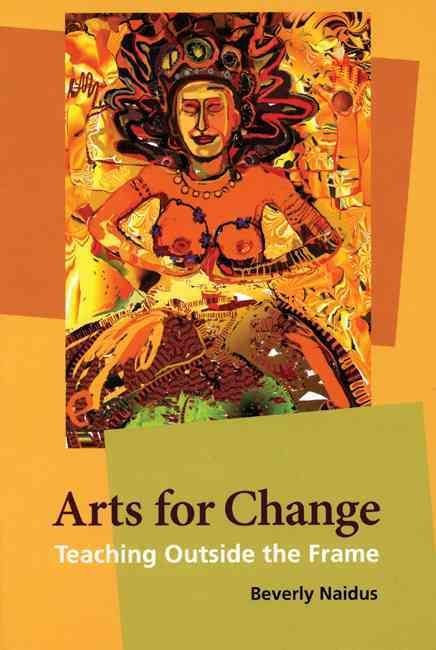The development of treatment strategies that can help patients with spinal cord injury to regain lost functions and an improved quality of life is a major medical challenge, and experimental spinal cord research has to meet these challenges by resolving fundamental problems, establishing a basis for possible novel treatment strategies of spinal cord injury, and motivating their clinical translation. In Animal Models of Spinal Cord Repair, expert researchers examine a broad range of experimental models for research on spinal cord injury, how they have contributed to our current state of knowledge, and what their advantages are in the further advancement of spinal cord repair. With models from simple lamprey to non-human primates, the information presented is intended to guide the implementation of animal models for spinal cord repair as well as to raise the awareness of the relevance of experimental models which may not be in the current mainstream of this research. As a part of the Neuromethods series, this work contains the kind of detailed description and implementation advice to guarantee successful results in the laboratory. Comprehensive and cutting-edge, Animal Models of Spinal Cord Repair presents the background information and hands-on methods descriptions, as well as the basic and clinical issues, needed to stimulate and guide researchers with different backgrounds towards the development of improved strategies for functionally relevant repair of the injured human spinal cord.












